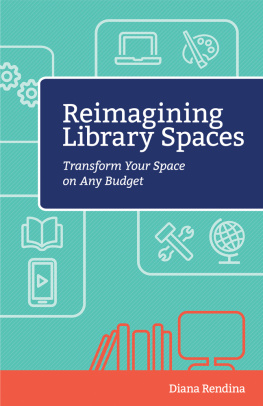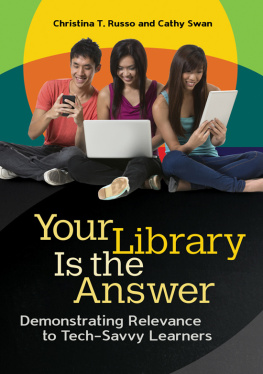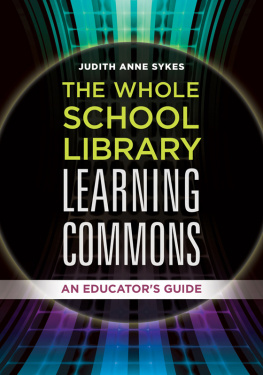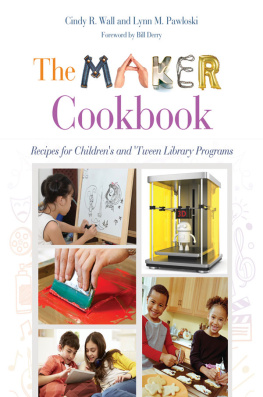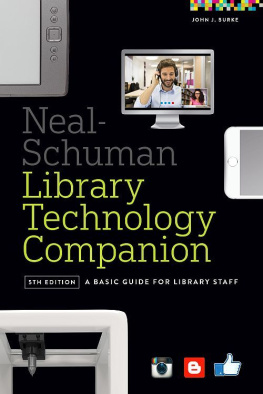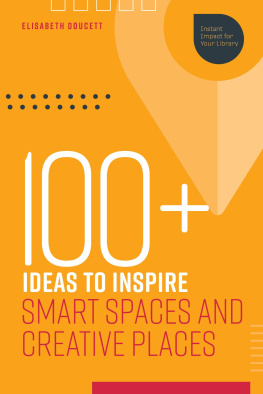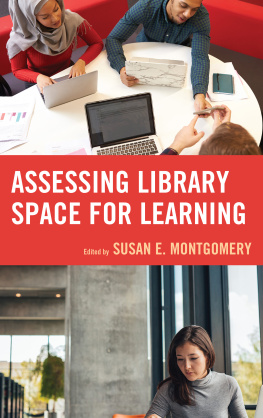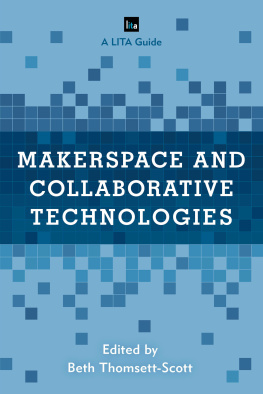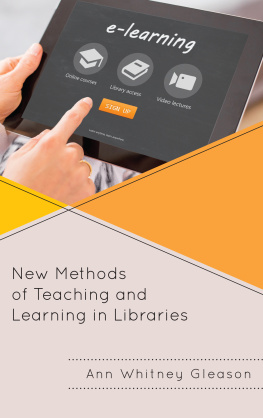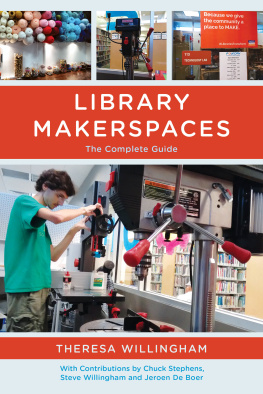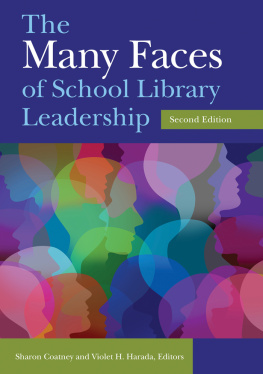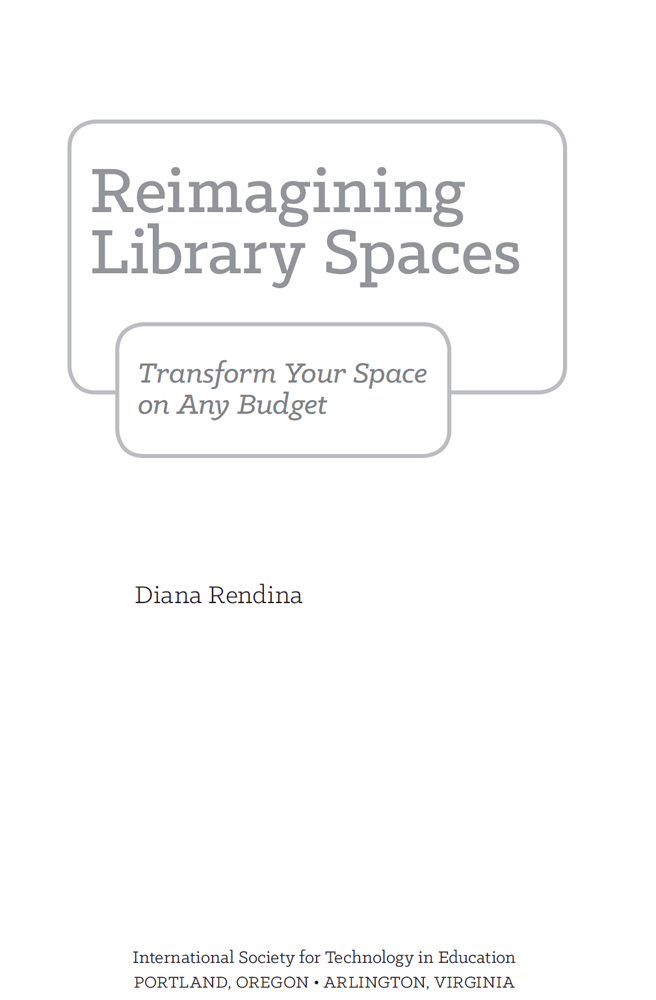World rights reserved. No part of this book may be reproduced or transmitted in any form or by any meanselectronic, mechanical, photocopying, recording, or by any information storage or retrieval systemwithout prior written permission from the publisher. Contact Permissions Editor: ; fax: 1.541.302.3780.
Ebook version available.
ISTE is a registered trademark of the International Society for Technology in Education.
The International Society for Technology in Education (ISTE) is the premier nonprofit organization serving educators and education leaders committed to empowering connected learners in a connected world. ISTE serves more than 100,000 education stakeholders throughout the world.
ISTEs innovative offerings include the ISTE Conference & Expo, one of the biggest, most comprehensive events in the worldas well as the widely adopted ISTE Standards for learning, teaching and leading in the digital age and a robust suite of professional learning resources, including webinars, online courses, consulting services for schools and districts, books, and peer-reviewed journals and publications. Visit iste.org to learn more.
ISTE members get free year-round professional development opportunities and discounts on ISTE resources and conference registration. Membership also connects you to a network of educators who can instantly help with advice and best practices.
Join or renew your ISTE membership today! Visit iste.org/membership or call 800.336.5191.
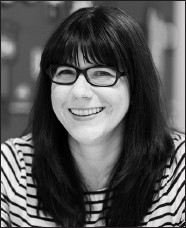
Diana Rendina, MLIS, is the media specialist at Tampa Preparatory School, an independent 612 school. Prior to this, she was the media specialist at Stewart Middle Magnet School for seven years, where she transformed their library and piloted their makerspace program. Diana is passionate about school libraries being places for students to discover, learn, grow, create, connect, and collaborate. She is the creator of the blog RenovatedLearning.com and is also a monthly contributor to AASL Knowledge Quest. Diana participates actively in the International Society for Technology in Education Librarians Network, the American Association of School Librarians, and the Florida Association for Media in Education (FAME). She is the winner of the 2016 ISTE Outstanding Young Educator Award, the 2015 ISTE Librarians Network Award, the 2015 AASL Frances Henne Award for Emerging Leaders, and the 2015 School Library Journal Build Something Bold Award. She has presented on the maker movement at state, national, and international conferences. Diana is on social media as @DianaLRendina. She coauthored Challenge-Based Learning in the School Library Makerspace with Colleen Graves and Aaron Graves. Reimagining Library Spaces is her first single-author book.
Other Titles in the Digital Age Librarians Series
Connected Librarians: Tap Social Media to Enhance Professional Development and Student Learning by Nikki D Robertson.
To see all books available from ISTE, please visit iste.org/resources.
Acknowledgments
This book would not have been possible without the support of so many others who helped me along the way.
Thank you to the students and staff of Stewart Middle Magnet School. The seven years I spent there were some of the most formative of my career, and this book could not have happened without the people willing to support my sometimes crazy ideas. Thank you to the administration for letting me take down shelves, paint walls with whiteboard paint, and mount Lego baseplates onto the walls. And thank you to my students, for never ceasing to amaze me with your ingenuity and creativity.
Thank you to my new Tampa Preparatory School family. Im excited to see where this next phase of my life takes me.
The librarians, media specialists, and educators that I interviewed for this book helped to make it richer and broader in scope. Thank you to Wendy Lopez, Jessica Malloy, Todd Burleson, and Andy Plemmons. Thank you to my amazing PLN as well, especially Colleen Graves, for commiserating about book writing and editing with me.
Thank you to Valerie Witte and the team at ISTE for being amazing to work with.
And of course, thank you to my family, especially my husband, Giancarlo, who put up with me holing up in a room with my laptop and poring through research to get this book done. I couldnt have done it without you.
Introduction
In March 2010, I was fresh out of library school and excited about getting my first real job as a media specialist. After interviewing at several schools, I was hired at Stewart Middle Magnet School, a STEM magnet, Title I school in Tampa, Florida, just fifteen minutes from my house. After finishing all the paperwork on my first day there, the reading coach took me on a tour of the school and walked me to the library. He opened the doors to the media center, and I let out a small gasp: it was a dark, dusty, neglected cave.
Half of the lights didnt seem to be turned on, which left the room dim. Shelves lined every inch of available wall space, and they were crammed with musty-looking books. There were large shelving units on the floor as well, packed to the brim. As I walked toward the circulation desk to meet my secretary (whom I would lose to budget cuts the following year), I stumbled around extra desks in the middle of the library. There was stuff everywhere I looked, and I wasnt exactly sure where my desk was supposed to be. There was even an old card catalog in the back room, and an atlas stand holding materials approximately ten years out of date.
In the instructional area, there were ten huge, heavy, wooden tables with tons of chairs. It was impossible to walk through, let alone hold a class. Students sitting in the area had their backpacks on the floor or hanging off the chairs; they barely had enough room to squeeze into their chairs. Because there was no wall space, the only place to use a projector was on pull-down screens that blocked bookshelves. (Not that there were outlets to plug a computer or a projector into in those areas.) The tops of the bookshelves were too high for students to reach; they were cluttered with old projects from the art class (which we also lost the following year to budget cuts). The art projects had a thick layer of dust on themthe students who had made them were long out of middle school.

Figure 0.1 The Stewart Media Center Instructional area circa 2011.
The walls were dull, industrial beige. The carpet was dingy gray and needed thorough shampooing: there was a large coffee stain in one area, probably from a mishap at a faculty meeting. The video storage room was so tight that it was hard to walk around inside, and the shelves were packed with LaserDisks, vinyl records, and VHS tapes on topics such as the Soviet Union and other out-of-date topics that were no longer part of the curriculum.

